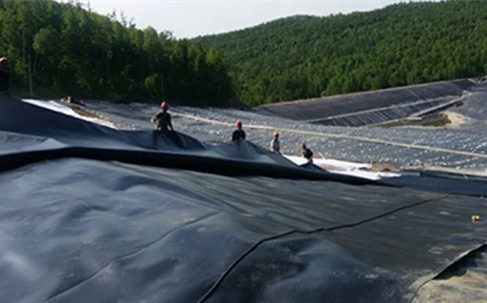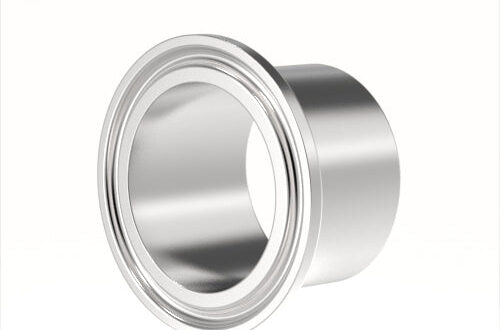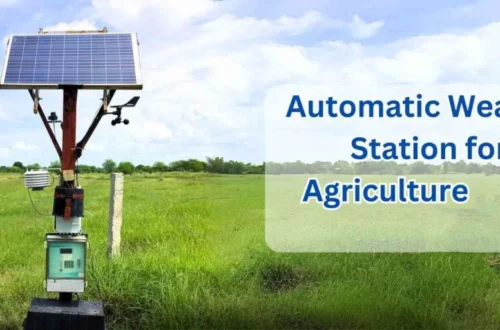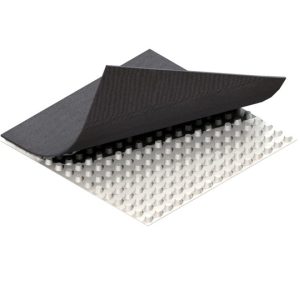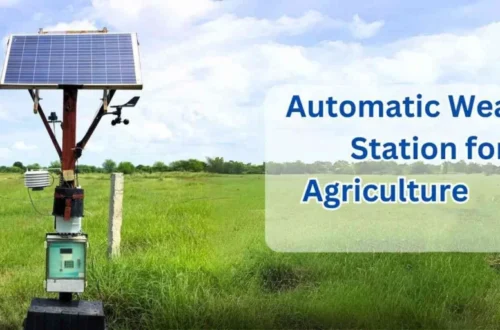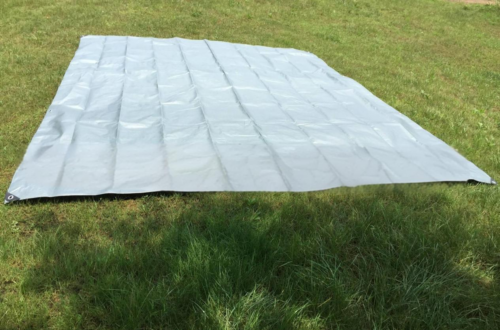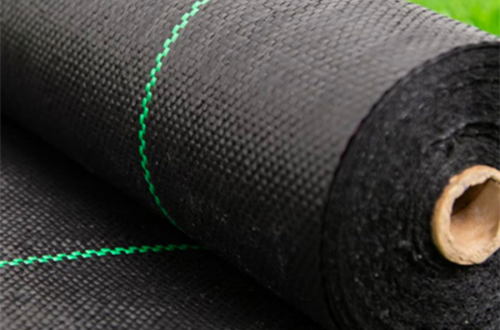-
The Rise of Short Dramas: Captivating Audiences in Minutes
The Rise of Short Dramas: Captivating Audiences in Minutes In today’s fast-paced digital world, short-form video content has taken the entertainment industry by storm. Among these, Short Dramas have emerged as a powerful trend, offering viewers engaging stories in just a few minutes. What Are Short Dramas? Short Dramas are concise, narrative-driven videos typically lasting between 1 to 10 minutes. Designed for quick consumption, they pack emotional depth, compelling plots, and high production quality into bite-sized episodes. Key Features and Benefits These mini-series often focus on relatable themes like romance, suspense, or everyday challenges. Their accessibility makes them perfect for mobile viewers, catering to shortened attention spans and on-the-go lifestyles.…
-
The Essential Guide to Modern Hydrology: Understanding Earth’s Water Systems
The Essential Guide to Modern Hydrology: Understanding Earth’s Water Systems Hydrology is the scientific study of Earth’s water, its movement, distribution, and quality. This guide explores modern techniques and the importance of hydrology in addressing global water challenges. Key Components of Hydrology Modern hydrology integrates data collection, modeling, and analysis. It examines precipitation, evaporation, surface water, and groundwater systems to manage resources sustainably. Water Cycle and Environmental Impact Understanding the hydrologic cycle is crucial. It helps predict floods, droughts, and impacts of climate change, ensuring effective water resource planning. Applications and Technologies Advanced tools like remote sensing and AI enhance hydrological studies. These innovations support disaster management, agriculture, and urban…
-
The Future of Hydrology: Unlocking Earth’s Water Systems for Sustainable Development
**The Future of Hydrology: Unlocking Earth’s Water Systems for Sustainable Development** Hydrology, the science of Earth’s water systems, is evolving rapidly to address global sustainability challenges. As climate change intensifies, understanding water cycles becomes critical for resource management and environmental protection. **Advanced Technologies in Water Monitoring** Innovations like remote sensing and AI-driven data analysis are revolutionizing hydrology. These tools enable real-time tracking of water quality, precipitation patterns, and groundwater levels, empowering smarter decisions for agriculture, urban planning, and disaster preparedness. **Sustainable Water Management Practices** Integrating ecological principles with engineering solutions helps balance human needs with ecosystem health. Techniques such as watershed restoration and efficient irrigation systems reduce waste and promote…
-
What Does Rain mm Mean? Understanding Precipitation Measurement
What Does Rain mm Mean? When you check the weather forecast, you often see rainfall measured in millimeters (mm). But what does rain mm meaning actually refer to? In simple terms, it represents the depth of rainwater that would accumulate on a flat surface if none of it evaporated, drained, or was absorbed. This standardized unit helps meteorologists and the public understand precipitation levels accurately and consistently. How Precipitation Measurement Works Meteorological stations use rain gauges to collect and measure rainfall. One millimeter of measured rain equates to one liter of water per square meter. This precise method allows for reliable data collection, essential for agriculture, water resource management, and…
-
What Does Rain mm Mean? Understanding Precipitation Measurement
What Does Rain mm Mean? When you hear weather forecasts mentioning rainfall in millimeters (mm), it refers to the depth of rainwater collected on a flat surface. This standardized precipitation measurement helps compare data globally. For example, 1 mm of rain equals 1 liter of water per square meter. How Rainfall Measurement Works Meteorologists use rain gauges to measure precipitation. These devices collect rainwater, allowing accurate readings in millimeters. Understanding rain mm meaning is essential for agriculture, hydrology, and daily planning. Why Millimeters Are Used Millimeters provide a precise, universal unit for rainfall intensity. Light rain might be under 2.5 mm/hour, while heavy rain exceeds 7.5 mm/hour. This system simplifies…
-
Which Instrument Is Used to Measure Wind Speed?
Which Instrument Measures Wind Speed? When people ask which instrument is used to measure wind speed, the answer is typically an anemometer. This device is essential in meteorology, aviation, and environmental monitoring. How Anemometers Work Anemometers come in various types, including cup, vane, and hot-wire anemometers. Each measures wind speed through mechanical or electronic methods, providing accurate data for analysis. Common Applications From weather stations to wind farms, anemometers help in predicting storms, optimizing energy production, and ensuring safety in outdoor activities. Frequently Asked Questions What is the most accurate anemometer? Digital ultrasonic anemometers are known for high precision and reliability. Can I measure wind speed at home? Yes, affordable…
-
Which Instrument Is Used to Measure Wind Speed?
Which Instrument Is Used to Measure Wind Speed? Wind speed measurement is crucial in meteorology, aviation, and environmental monitoring. The primary device for this task is an anemometer, which accurately gauges wind velocity and direction. Types of Anemometers Common varieties include cup, vane, hot-wire, and ultrasonic anemometers. Each type suits specific applications, from weather stations to industrial settings. How Anemometers Work Cup anemometers rotate with wind flow, measuring speed via rotation count. Vane types align with wind direction, while ultrasonic versions use sound waves for precision. Frequently Asked Questions What units measure wind speed?Meters per second (m/s), kilometers per hour (km/h), or miles per hour (mph) are standard. Can smartphones…
-
GRL Group: Unlocking the Secrets to Success in Modern Business
GRL Group: Unlocking the Secrets to Success in Modern Business In today’s fast-paced business environment, achieving sustainable growth requires innovative strategies and expert guidance. The grl group stands out as a leader in providing tailored solutions that help companies navigate challenges and seize opportunities. This article explores the core principles behind GRL Group’s approach and how they can transform your business operations. Innovative Business Strategies GRL Group specializes in developing cutting-edge strategies that drive efficiency and profitability. By leveraging data analytics and market insights, they help businesses optimize their processes and enhance customer engagement. Their proven methodologies ensure that companies stay ahead of industry trends and competitors. Comprehensive Service Offerings…
-
Essential Weather Measuring Instruments: A Comprehensive Guide
# Essential Weather Measuring Instruments: A Comprehensive Guide Weather monitoring is crucial for various industries, from agriculture to aviation. Understanding the tools that measure atmospheric conditions can enhance safety and decision-making. This guide explores key **weather measuring instruments** and their applications. ## **Common Meteorological Tools** Meteorologists rely on precise devices to collect data. These instruments help predict weather patterns and monitor environmental changes. ### **Thermometers and Barometers** Thermometers measure temperature, while barometers track atmospheric pressure. Digital versions now offer real-time data logging for accuracy. ### **Anemometers and Hygrometers** Anemometers gauge wind speed and direction. Hygrometers assess humidity levels, vital for climate studies. ## **Advanced Monitoring Systems** Modern technology integrates sensors…
-
What Is a GRL Fuse? A Comprehensive Guide
What Is a GRL Fuse? A grl fuse is a specialized electrical safety component designed to protect circuits from overcurrent and short circuits. These fuses are engineered for high-performance applications where reliability and precision are critical. By interrupting excessive current flow, they prevent damage to sensitive equipment and reduce fire hazards. Key Features of GRL Fuses High interrupting rating for industrial use Fast-acting response to overcurrent Compact design with durable materials How GRL Fuses Work GRL fuses operate on a simple principle: when current exceeds the rated limit, a fusible element inside melts, breaking the circuit. This rapid disconnection safeguards connected devices and wiring. Their design ensures minimal voltage drop…

